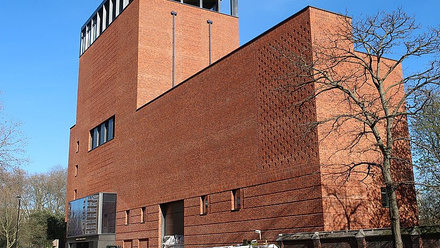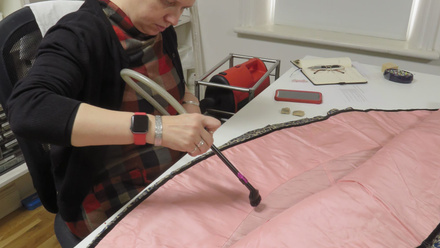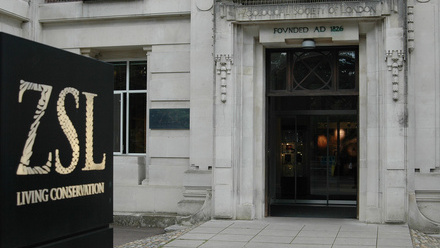Storm Babet has left a trail of destruction across landscapes, houses and gardens cared for by the National Trust, throughout the spine of England.
The persistent rain that fell on Thursday and Friday and continued into the weekend, caused water levels to rise across much of the country, impacting properties in the Midlands and North East of England, said the conservation charity.
The full extent of the damage is still being assessed, but the costs of repairs, could amount to tens of thousands of pounds.
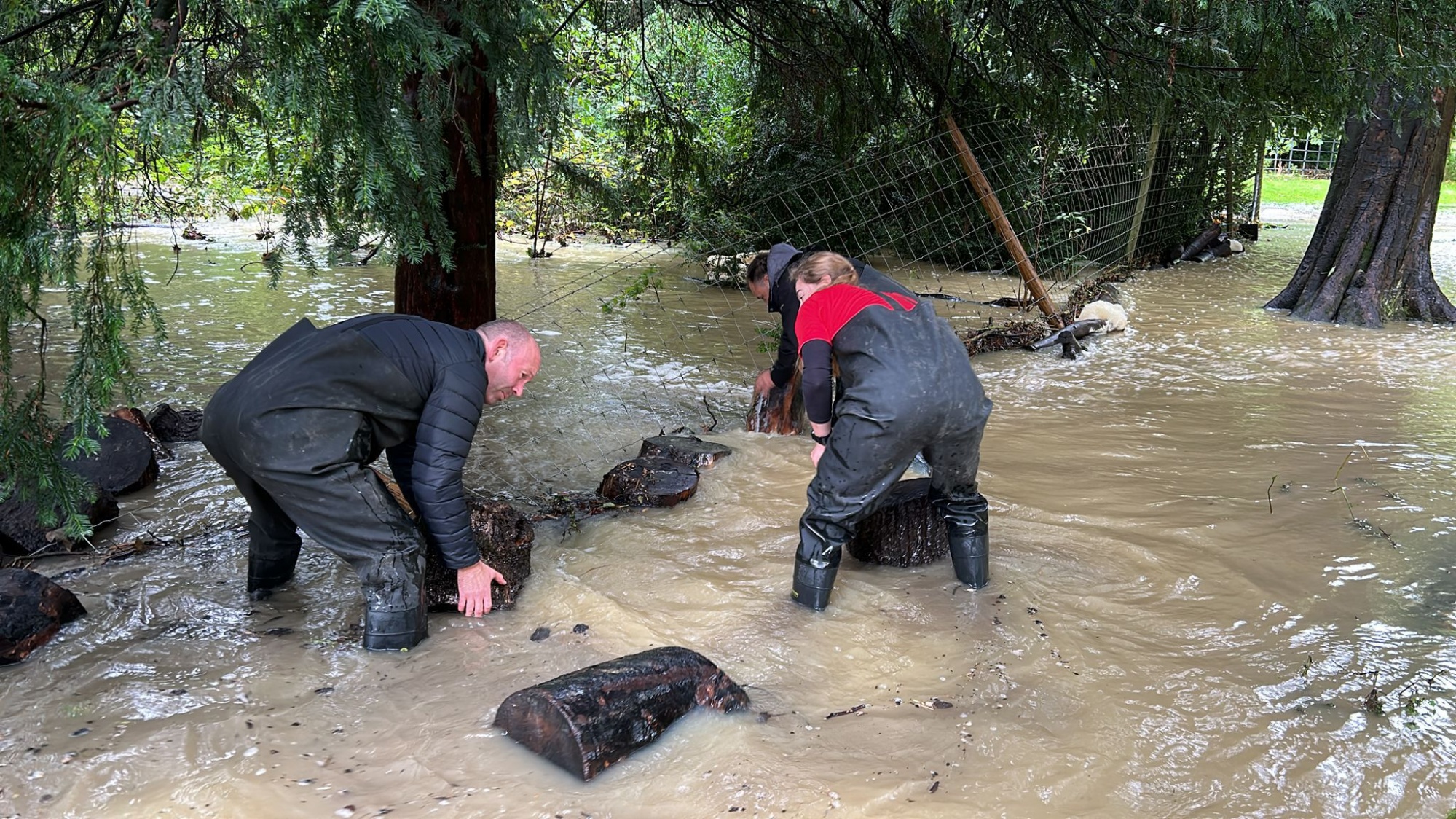
Harry Bowell, Head of Land and Nature said:
“We know that one of the consequences of climate change will be the frequency of more extreme weather events, and we experienced the direct impact of the prolonged levels of rainfall and high winds on our places last week.
We recognise we need to adapt our places to cope with the likelihood of these extreme weather events – and we are already doing that through establishing trees and woodlands, restoring peatlands to hold more water in our landscapes, particularly upland areas – and through our work to re-connect rivers with their floodplains to create new areas of wetland to again help hold the water back in times of heavy and persistent rainfall.
It is now more important than ever that we play our part to adapt to our changing weather patterns as well as implementing more measures to tackle climate change. But we also need more urgent and wide-ranging investment and action to address these issues by governments and leaders across the country.”
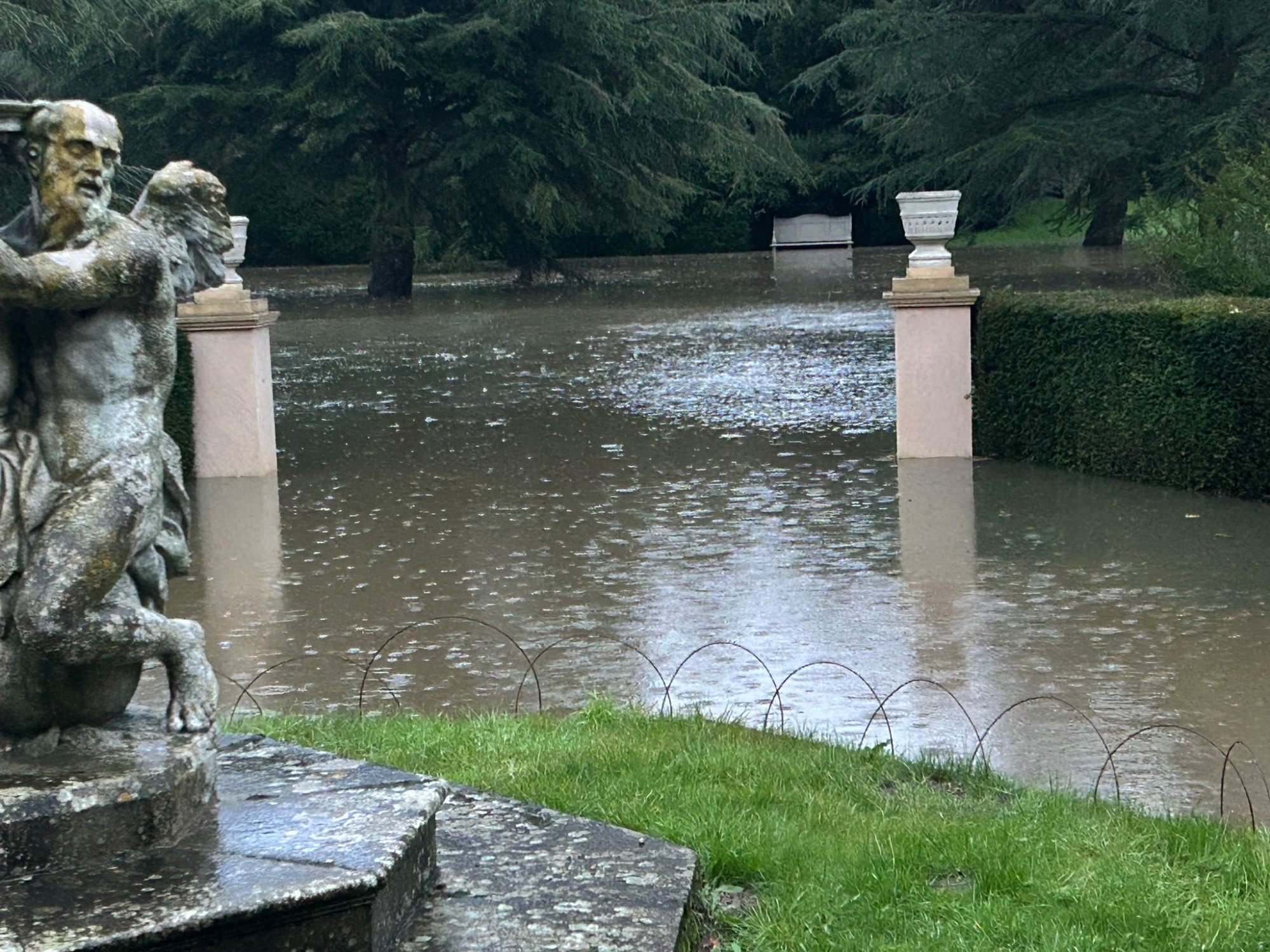
It is now more important than ever that we play our part to adapt to our changing weather patterns as well as implementing more measures to tackle climate change
At Hardwick Hall in Derbyshire, the team reacted quickly to move the 300-strong book collection in the Long Gallery due to the rain leaking through the east side windows – with the collections sitting directly underneath. There was no damage to the books. The collection here includes books from the library of pioneering scientist Henry Cavendish (1731-1810), who calculated the density of the earth, and Hardwick’s oldest volume, a 1549 book illustrated with woodcuts of early ships by a French diplomat and poet.
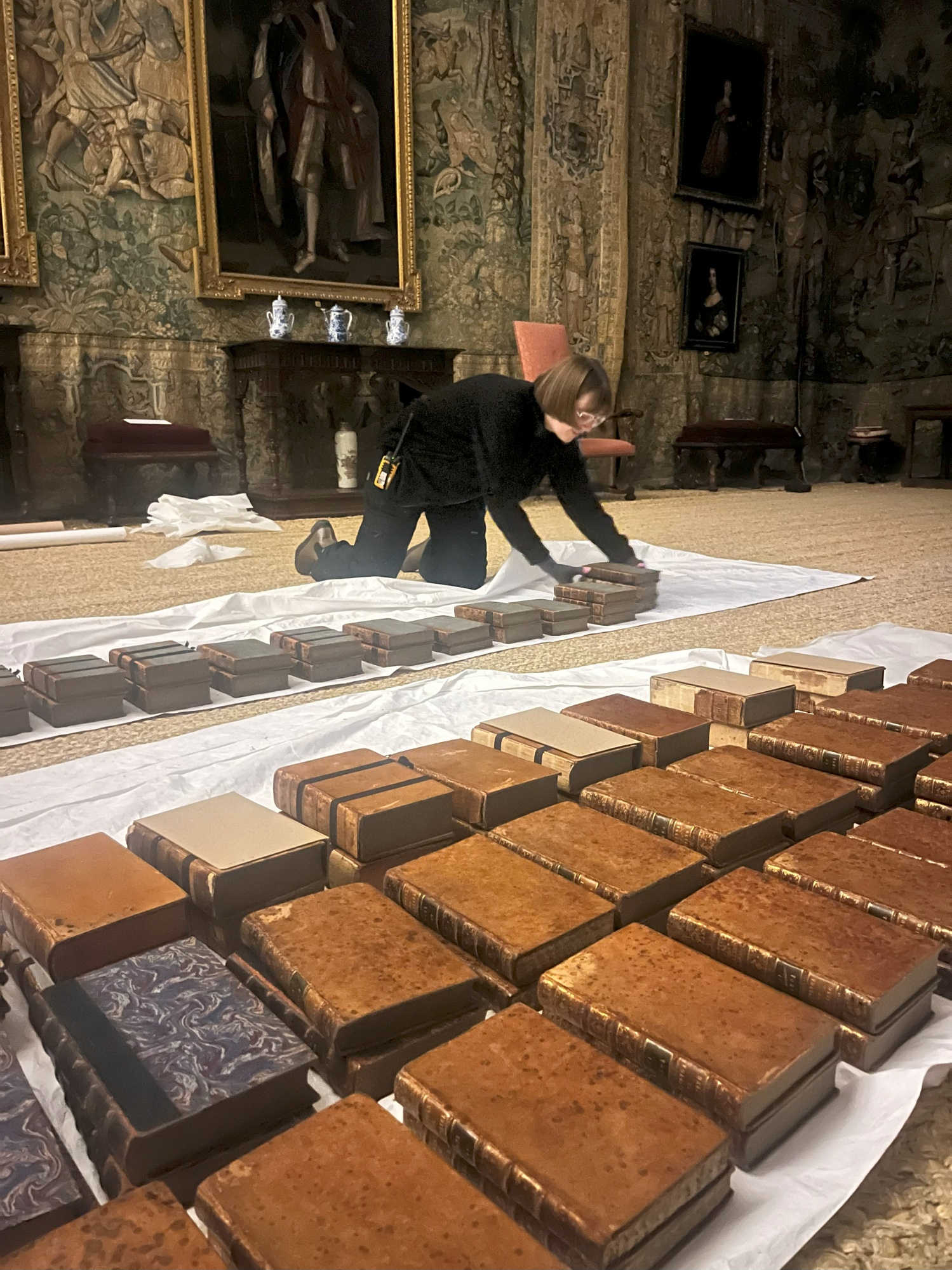
At Belton House in Lincolnshire, the sheer volume of rainfall overwhelmed guttering and water leaked into a number of windows, including the Chinese Bedroom, which is lined with highly significant handpainted wallpaper hung in 1830. Staff used padding to soak up water trickling down the paper and used a dehumidifier to prevent mould developing. Fortunately, no staining is visible and the historic adhesive is intact, but its condition will be closely monitored by conservators.

At Kedleston Hall in Derbyshire, home to an 18th-century Pleasure Ground and 800-acre, wildlife-rich parkland, the storm caused structural damage to a wooden footbridge on the lakeside walk and washed away bench seats.
Andy Jasper, Director of Gardens and Parklands at the National Trust, said: "Our garden teams are doing an amazing job, working hard to repair and reinstate damaged areas and we are so grateful for their efforts in such difficult conditions. Some visitors may not be able to visit parts of their favourite gardens or parkland while we do this work and we thank them for their patience, too.
These extreme weather events are likely to become more frequent as a sign of the rapidly changing climate.
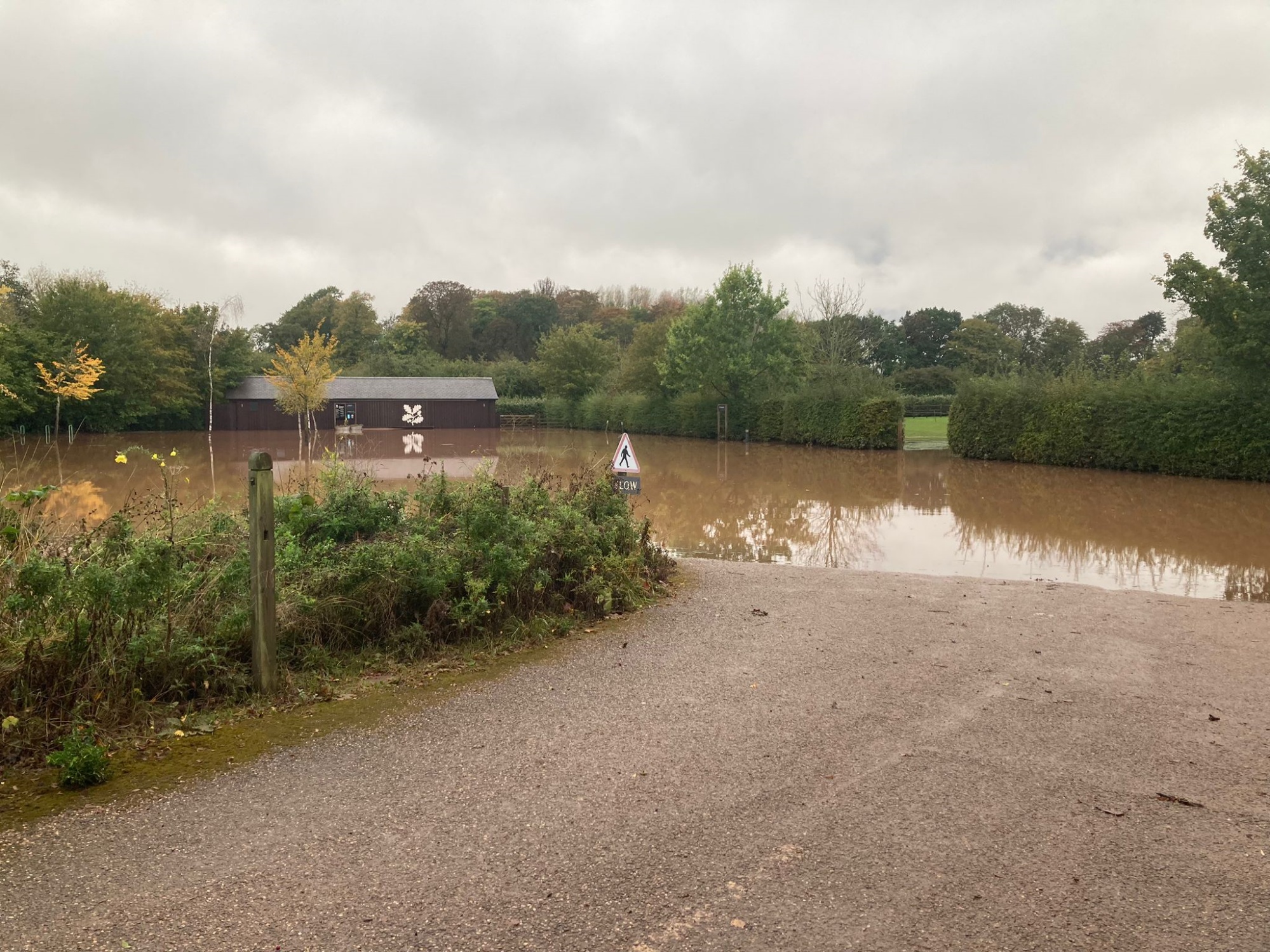
With more than 220 gardens and parklands across the National Trust, we are doing everything we can to make these historic gardens as future-proof as possible.
This includes thinking longer term for extremes of heat, choosing more drought tolerant plants, creating path surfaces that are more resilient and caring for our lawns and soil so they are less prone to waterlogging.
These are just some of the many steps we are taking which will help our gardens thrive into the future. All of this underlines just how important people’s support to our charity is – the costs of adapting the places we look after to extreme weather events are only going to increase."
The Trust is advising visitors to sites in the Midlands and north of England to check property websites before setting out as some areas may be closed for repairs.
Donations to help towards the clear up work and ongoing conservation work to protect National Trust places from the impacts of climate change can be made via the National Trust website: nationaltrust.org.uk/donate



